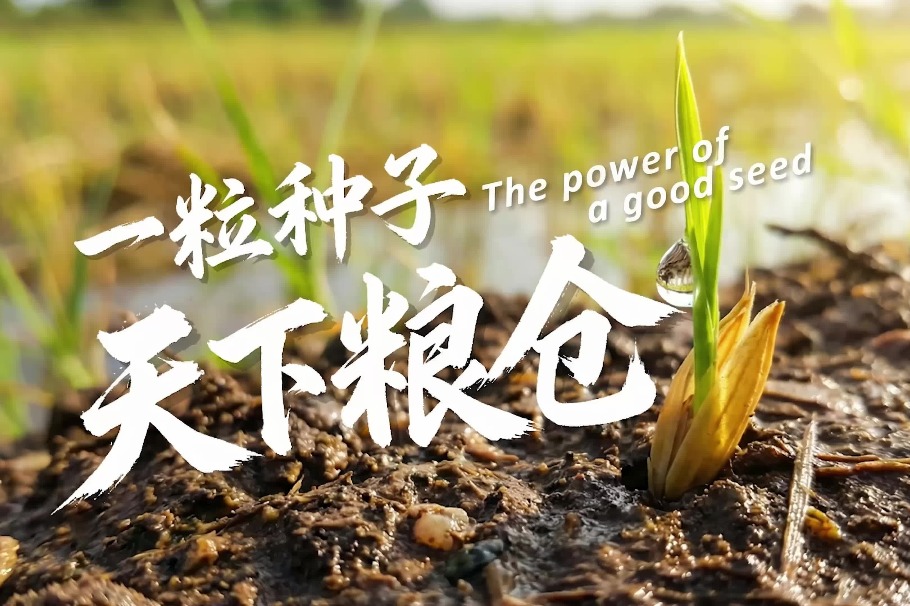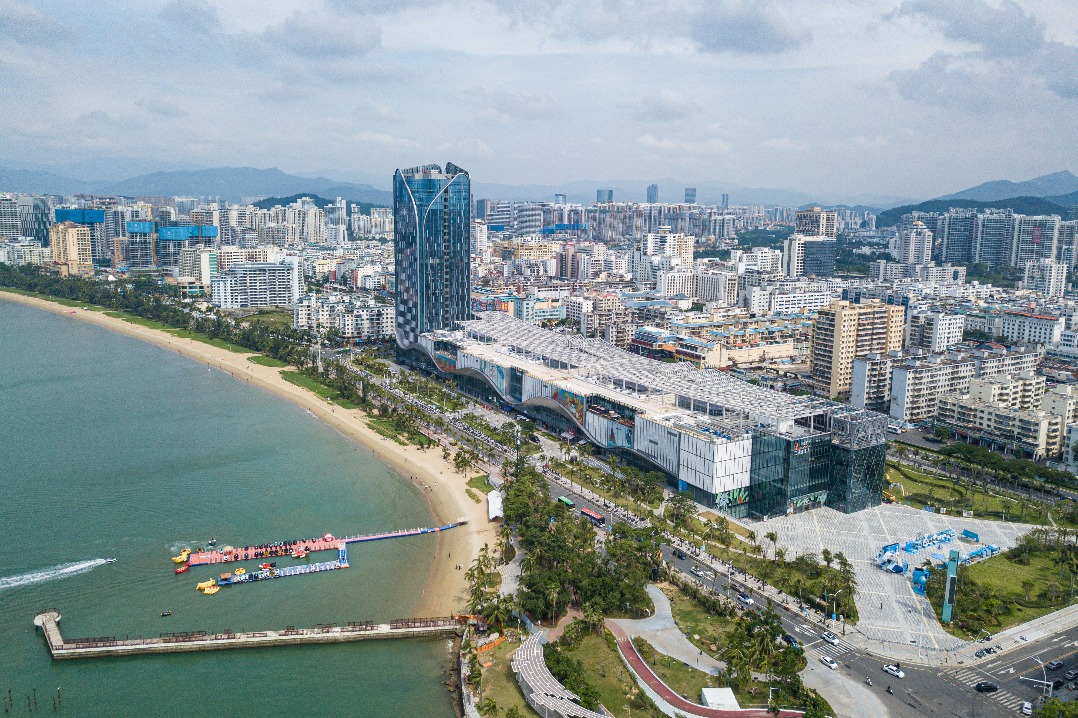Artworks fit for royalty
Exhibitions of rare porcelain artifacts, woodblock paintings and interactive experiences pack in visitors to Prince Kung's Palace Museum, Yang Feiyue reports.

Various ancient porcelains and woodblock paintings on display transformed Prince Kung's Palace Museum into a vibrant hub of historical artistry during the Spring Festival holiday, packing in waves of families, art lovers and history buffs.
In addition to savoring the grand royal architecture and courtyards that boast a history of more than 200 years, visitors to the museum are lining up to touch a fragment of historical porcelain from Jingdezhen, the "porcelain capital" in Southeast China's Jiangxi province, jumping at the rare opportunity to feel the craftsmanship of a Ming Dynasty (1368-1644) imperial kiln.
"It's quite an experience to feel the glaze of the porcelain shard that has a history of about 580 years," says Zhang Ai, director of the exhibition department at the museum.
The tactile interaction is among the highlights of the Porcelains with Auspicious Animal Patterns Excavated from the Imperial Kiln Site in Jingdezhen exhibition that opened Dec 31 and will run until March 30.
A collaboration between the museum and the Jingdezhen Imperial Kiln Institute, the exhibition has curated various auspicious animal motifs, showcasing pieces featuring not only the commonly seen dragon and phoenix patterns but also lively, charming and meaningful depictions of auspicious birds, mythical creatures and symbolic animals.
Decorated with these motifs, 120 restored porcelain items were picked to meet the public, including a blue-and-white cricket jar and uniquely shaped artifacts like a blue-and-white phoenix-patterned craneneck vase and a white-glazed, long-neck, beast-handle vase.
The Jingdezhen Imperial Kiln was an official porcelain production institution established during the Ming and Qing (1644-1911) dynasties to create ceramics exclusively for the imperial court.
From the year 1369 during the Ming Dynasty to the last few years of the Qing Dynasty, it brought together the most skilled artisans to produce countless porcelain masterpieces over more than 500 years.
"To date, approximately 1,400 porcelain objects were unearthed and meticulously restored through ongoing archaeological efforts," Zhang says.
This exhibition showcases some of the items that were not commonly passed down through history.
"Due to a very strict selection system, any items with even slight imperfections during the production process would not be sent to the royal family. They would be smashed on the spot and not allowed to reach the public," Zhang says. "Therefore, through the excavation of the kiln site … many items were restored. Among them were some shapes never seen before," she adds.
A large dish featuring two parrots perching on tree branches with peaches and flowers is front and center.
The parrots were regarded by the ancients as auspicious birds — their Chinese name yingwu sounds similar to bravery and strength. The parrot motif appeared as early as the Tang Dynasty (618-907).
"The dish has a diameter of over 70 centimeters, quite rare among porcelain items produced by the imperial kiln, making it particularly impressive. The design is also distinctive, with a motif of a parrot pecking at a peach, adding to its unique charm," Zhang explains.
The exhibition has also incorporated elements of the museum's garden scenery into its design to highlight the porcelain items.
For example, one can see green-glazed porcelain parrots placed among the rocks and hills in miniature garden-inspired landscapes.
Crossing a few courtyards, polychromatic New Year paintings printed off the carved woodblocks are striking with their strong contrast of colors and rich, detail-charged patterns, offering a deeper look into the essence of traditional Chinese culture.
New Year paintings are an ancient folk art popular across the country, which evolved from an early reverence for nature and belief in deities into an important folk art form used to ward off evil, seek blessings, celebrate festivals, and decorate daily life.
Huo Qingshun, an inheritor of the Yangliuqing New Year paintings, a national-level intangible cultural heritage, demonstrates the printing process at the museum.
The content of the art form covers five themes — including children, folk customs and stories, and deities, says Huo from Tianjin, who has practiced the art for more than six decades.
"They mostly carry auspicious meanings like wealth and prosperity, family harmony and fertility, and peace and safety," Huo says.
It takes five steps to pull off a painting, from sketching a design on paper and carving it into wooden blocks to hand-painting and mounting.
"Each step is something you learn throughout your life, so in practice, it's a collective effort — usually done by five people," Huo says.
Speaking of the printing process, Huo is committed to honing his skills, saying the first challenge lies in achieving clear, consistent lines without smudging or damaging the delicate details.
This is especially important because the quality of the ink lines serves as the foundation for the entire painting, Huo explains.
Multiple layers of color need to be printed onto the same piece of paper. Each color layer must be perfectly aligned with the others, which requires great precision in positioning the paper and ensuring the alignment of the different printing plates. A slight misalignment can ruin the overall aesthetic and harmony of the piece, he notes.
His works are among more than 140 pieces carrying strong distinctive regional characteristics, including those from Tianjin, as well as Hebei, Jiangsu and Shandong provinces, almost all major historical production sites of the art form.
Many are rare examples dating back to the Qing Dynasty, with some being unique editions or one-of-a-kind prints that have never been seen by the public, says Xu Chen, curator of the painting exhibition.
Xu says those paintings were put together to give visitors a good taste of the distinctions of each region.
For example, works from Jiangsu highlight fine details, often achieved through five or six-color overprinting techniques, she explains.
In contrast, those from provinces like Shandong and Shaanxi and Hebei are known for their vibrant colors, strong contrasts, and bold, rough lines, she adds.
"As for Yangliuqing, it stands out for its refinement and elegance. Historically, it was favored by the royal courts and aristocracy during the Ming and Qing dynasties," Xu says.
The painting exhibition also features a New Yearthemed animated short film based on the museum's collection of traditional New Year woodblock paintings and a paint-rubbing experience for visitors.
Chen Xiaowen, deputy head of the museum, says the two exhibitions are efforts made so visitors can have a joyful and harmonious festival.
They can not only appreciate the charm of ancient architecture but also feel the allure of traditional Chinese culture.
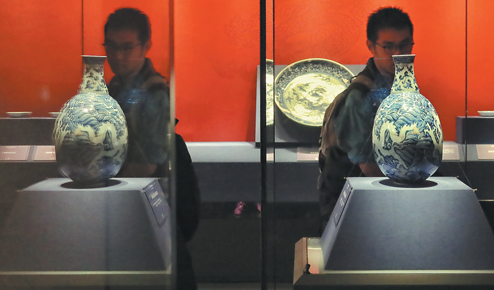
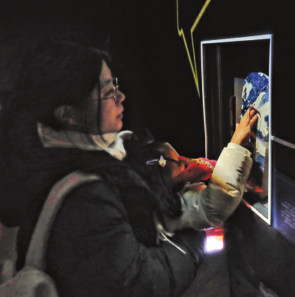
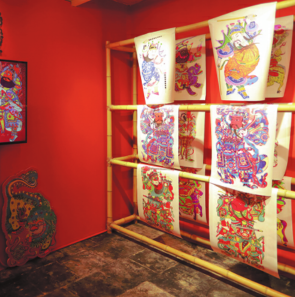
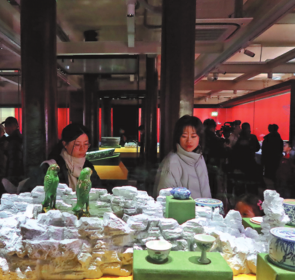
Today's Top News
- US arms sales to Taiwan a dangerous gambit: Editorial flash
- Taiwan opposition lawmakers announce plan to impeach Lai Ching-te
- Boosting consumption will be key in 2026
- No one should remain silent accomplice of racism
- Hainan FTP opens fast lane
- Visa-free measures spur surge in visitors
















